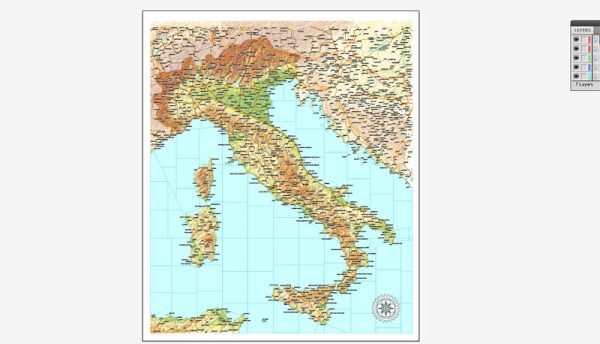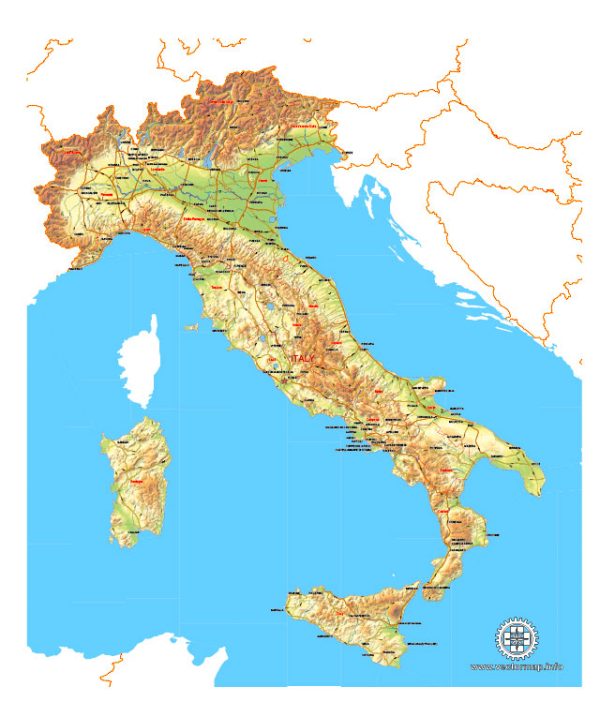Italy has a well-developed and extensive transportation network, including both maritime and air transportation.
Maritime Transportation:
- Ports:
- Italy has several major seaports, with the Port of Genoa being one of the busiest in the country and the Mediterranean region.
- Other significant ports include Naples, Livorno, Venice, and Trieste.
- Shipping Industry:
- Italy has a thriving shipping industry with numerous shipping companies involved in both domestic and international trade.
- The country plays a crucial role in the Mediterranean shipping routes, connecting Europe, Africa, and the Middle East.
- Ferries:
- Due to its extensive coastline and numerous islands, Italy has a well-developed ferry system connecting the mainland to islands like Sicily and Sardinia.
- Cruise Tourism:
- Italy is a major player in the cruise industry, with ports like Venice and Civitavecchia serving as popular embarkation points for Mediterranean cruises.
Air Transportation:
- Airports:
- Italy has numerous international and domestic airports. Rome Fiumicino Airport and Milan Malpensa Airport are two of the busiest international gateways.
- Other major airports include Milan Linate, Venice Marco Polo, and Naples International Airport.
- Airlines:
- Italy is home to several prominent airlines, including Alitalia, the national flag carrier. Additionally, low-cost carriers like Ryanair and easyJet operate extensively within the country.
- Air Traffic Control:
- Air traffic control in Italy is managed by ENAV (Ente Nazionale per l’Assistenza al Volo), the national air navigation service provider.
- Infrastructure and Connectivity:
- Italy’s airports are well-equipped with modern facilities, and major cities are connected by a dense network of domestic flights.
- The high-speed rail network complements air travel, providing efficient connectivity between major cities.
- Tourism:
- Italy is a major tourist destination, and its airports play a crucial role in facilitating international tourism. Iconic cities like Rome, Florence, and Venice attract millions of visitors each year.
- Cargo Transportation:
- Air cargo plays a significant role in transporting goods to and from Italy. Major airports have dedicated cargo terminals to handle freight traffic.
- Regulatory Bodies:
- The civil aviation sector is regulated by the Italian Civil Aviation Authority (ENAC – Ente Nazionale per l’Aviazione Civile).
Both maritime and air transportation are essential components of Italy’s economic infrastructure, supporting trade, tourism, and overall connectivity. The country’s strategic location in the Mediterranean makes it a key player in regional and international transportation networks.



 Author: Kirill Shrayber, Ph.D.
Author: Kirill Shrayber, Ph.D.